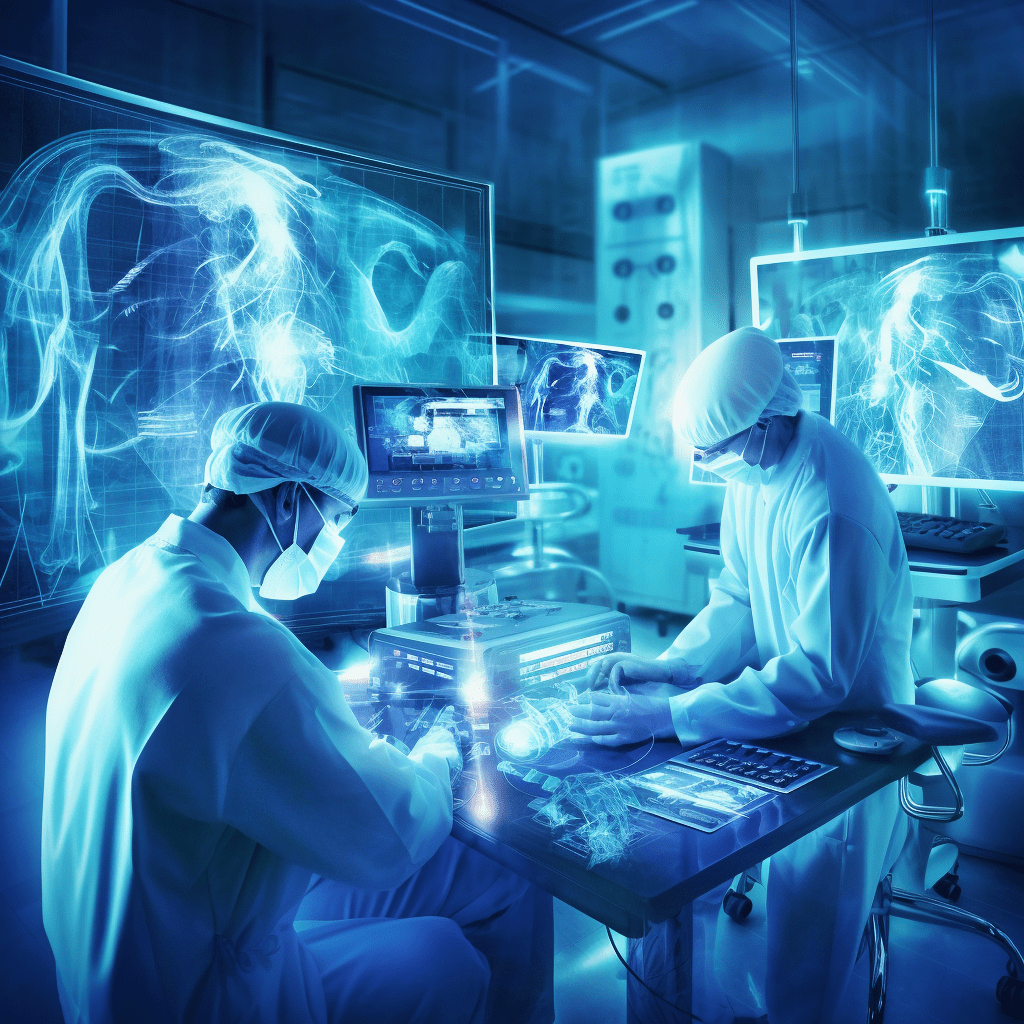Drugs in Space: How Extraterrestrial Experiments Help Us Develop Medicine
 4 years ago
By Charlotte Di Salvo
4 years ago
By Charlotte Di Salvo

Over the last 20 years, fundamental scientific research has been conducted by astronauts aboard the international space station (ISS). It has only been recently that the pharmaceutical and biotech sectors have invested in extraterrestrial experiments, hoping to find novel ways of studying drug behaviour with potential applications on Earth. Merck, AstraZeneca and Sanofi are a few of the pharma giants and small biotechs who hope to “reap the unique benefits of microgravity”.
For daily articles on the latest pharma trends and innovations, as well as interviews with leading experts and in-depth industry White Papers, subscribe to PharmaFeatures.com.
Introduction
The unique microgravity environment aboard the ISS creates a useful environment for gaining insights into not only human health, but the structure of molecules. However there are a number of challenges facing pharmaceutical companies should they wish to investigate R&D in space.
Firstly the cost – “getting a single experiment to and back from the ISS can cost some $7.5 million”. For pharma, this is a big issue as they have to perform a cost-benefit analysis with regards to R&D, weighing up the therapeutic benefits and return on investment. In order to encourage private companies to see the value of R&D in space, NASA offers generous subsidies and incentives, although pharma has been slow to leap at the opportunity.
Secondly, a number of logistical challenges slow the R&D process, which is of equal importance to pharma companies who often rely upon strict timelines to accelerate their drug candidate to market. The small number of astronauts stationed on the ISS and limited time for experimental work plays a big part in this problem. In addition, basic laboratory tasks such as pipetting can be challenging in microgravity.
As a result, some pharma and biotechs contract companies that specialise in automating scientific experiments. Despite these challenges, a significant number of important contributions have been made to drug development over the last few years thanks to these extraterrestrial experiments.
Contributions to drug development
Protein crystallisation
The crystallisation of proteins in space has demonstrated how the microgravity environment can help us gain further insights into structural information about peptides.
In space, there is no convection, a process by which heat is transferred by movement of a heated fluid such as air or water. On Earth, this causes solutions to flow in any direction due to differences of density. In addition to the absence of convection, there is no precipitation to cause heavier molecules to sink. Therefore, protein molecules form an orderly and a high quality crystal that is beneficial to the study of its structure.
According to a 2019 Nature article, these crystallisation processes have been widely used in the pharmaceutical industry for the manufacture, storage, and delivery of small-molecule and small protein therapeutics.
It was highlighted that crystallisation processes play an important part in the purification and formulation of small-molecule drugs and peptide therapeutics for oral administration. This offers a significant opportunity for companies in drug development who wish to investigate whether their candidate can be developed in an oral form, typically the most tolerated form of drug administration.
In addition, these processes have been shown to reduce production cost as well as improve the overall quality and shelf life of the final products.
While crystallisation has been widely used for small molecule and protein therapeutics, the same cannot be said for biologics. A study published in 2019 investigated the possibility of crystallising the monoclonal antibody drug known as Pembrolizumab (Keytruda) in a microgravity experiment.
The study found that by “leveraging microgravity effects such as reduced sedimentation and minimal convection currents, conditions producing crystalline suspensions of homogeneous monomodal particle size distribution (39 μm) in high yield were identified”. This is a significant finding, especially as the size and flexibility of biologics such as this have previously posed a challenge for crystallisation.
The results from a number of further experiments in the study helped develop techniques for crystallisation of Pembrolizumab on Earth. The team were successfully developed uniform crystalline formulations with syringeability properties suitable for the preparation of an injectable product.
The results of these experiments could widen the drug delivery options for biologics not previously thought possible which would help to improve the safety, adherence, and quality of life for patients.
Other developments
As well as innovations in drug development, scientific experiments in space have contributed to a number of other exciting advancements. On 9 June 2021, a NASA press release described how two research teams successfully created lab-grown human liver tissues that were capable of functioning for 30 days in the lab.
Competing as teams in NASA’s Vascular Tissue Challenge. Winston and WFIRM each used a different approach to grow human liver tissues that were durable enough to survive and function similar to inside the human body.
According to NASA, “the winning teams used 3D printing technologies to create gel-like molds, or scaffolds, with a network of channels designed to maintain sufficient oxygen and nutrient levels to keep the constructed tissues alive for their 30-day trials”. Developing a vascular system that can sustainably survive for long-periods of time is one of the main challenges within tissue engineering. Hence, the success of emerging technologies like 3D printing in this context may encourage pharmaceutical leaders to invest in this technology.
In terms of space technology, it was inferred that experiments in microgravity “may facilitate the engineering of even larger and more complex tissues” that more closely mimic function in the human body, in comparison to tissues constructed on Earth.
In the future, this research could help develop 3D tissue that is capable of surviving in the human body long-term with the same functionality as organic tissue. Eventually, the research and therapeutic applications that develop from advancements such as this could lead to organ bandages and replacements.
Charlotte Di Salvo, Lead Medical Writer
PharmaFeatures
For more articles covering the pharmaceutical industry, clinical research and academia, visit our content site PharmaFeatures.

Navigating the Complex World of Global Regulatory Affairs in Oncology
In today's fast-paced global pharmaceutical landscape, the regulatory affairs sector plays a pivotal role in ensuring the safety, efficacy, and market access of oncology drugs. As the demand for innovative cancer therapies continues to grow, understanding the intricacies of global...
2 years agoNavigating the Complex World of Global Regulatory Affairs in Oncology
In today's fast-paced global pharmaceutical landscape, the regulatory affairs sector plays a pivotal role in ensuring the safety, efficacy, and market access of oncology drugs. As the demand for innovative cancer therapies continues to grow, understanding the intricacies of global...
2 years ago
Overcoming the Hurdles: Navigating the Challenges in Oncology Clinical Trials
In the world of medical research, oncology clinical trials are at the forefront of innovation and discovery. These trials play a crucial role in advancing our understanding of cancer and developing more effective treatments. However, the path to successful oncology...
2 years agoOvercoming the Hurdles: Navigating the Challenges in Oncology Clinical Trials
In the world of medical research, oncology clinical trials are at the forefront of innovation and discovery. These trials play a crucial role in advancing our understanding of cancer and developing more effective treatments. However, the path to successful oncology...
2 years ago
Embracing a Patient-Centric Approach in Oncology Trials
In the realm of healthcare and medical research, the term "patient-centric" has gained significant traction in recent years. This shift in focus towards prioritizing patients' needs and preferences is not only transforming the healthcare industry but is also making waves...
2 years agoEmbracing a Patient-Centric Approach in Oncology Trials
In the realm of healthcare and medical research, the term "patient-centric" has gained significant traction in recent years. This shift in focus towards prioritizing patients' needs and preferences is not only transforming the healthcare industry but is also making waves...
2 years ago